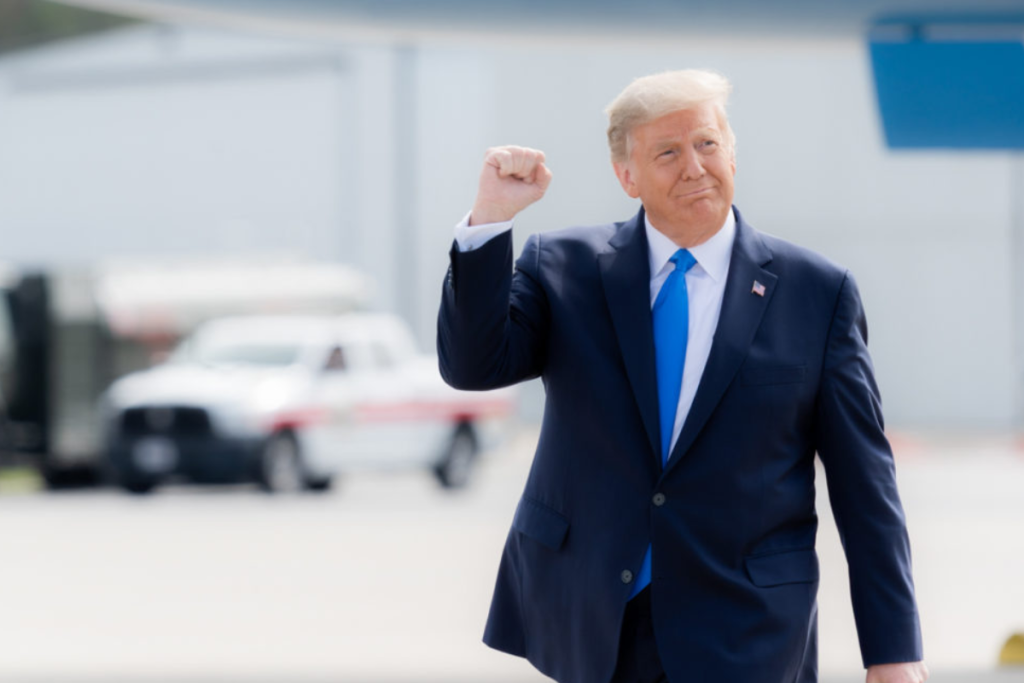The U.S. has secured a trade deal with Japan that would impose a 15% tariff on imports while expanding access for American goods. The announcement comes alongside a broader tariff-driven realignment, including a new framework deal with Indonesia featuring critical mineral access and reciprocal trade terms.
Japan Deal Signals a Tactical Softening of Tariff Strategy
President Trump’s social media disclosure of a deal with Japan on Tuesday marks a shift from earlier plans to impose a 25% tariff on Japanese imports. Under the outlined terms, Japan would face a 15% tariff but allow wider U.S. market entry for autos, trucks, rice, and other agricultural products, categories long central to U.S. trade lobbying. Trump also stated that Japan would invest $550 billion into the U.S., to be allocated “at his discretion,” although no official documentation or breakdown of this claim has been released.
As of Tuesday evening, Japan had not confirmed the agreement. Chief Cabinet Secretary Yoshimasa Hayashi said discussions remain active, with follow-up meetings scheduled with Treasury Secretary Scott Bessent and U.S. Trade Representative Jamieson Greer. Earlier this week, Japan’s chief negotiator Ryosei Akazawa met for two hours with Commerce Secretary Howard Lutnick in Washington, D.C. The muted response from Tokyo contrasts with the White House’s confident messaging and suggests that key terms are still under negotiation.
Indonesia Framework Adds Weight to Broader Trade Reset
On Tuesday, the White House released details of a separate trade agreement framework with Indonesia. The proposed U.S.-Indonesia Agreement on Reciprocal Trade includes a 19% tariff on Indonesian imports, down from the initially proposed 32%, in exchange for the removal of 99% of Indonesian tariffs on U.S. goods, including cars and agricultural products.
Crucially, the framework includes provisions removing export restrictions on critical minerals and industrial inputs, a priority for U.S. manufacturers and battery supply chains. As part of the deal, Indonesia would also commit to $22.7 billion in U.S. procurements across agriculture, aviation, and energy. The U.S. currently runs an $18 billion trade deficit with Indonesia, which accounts for 0.7% of its overall trade. Final terms are expected to be negotiated in the coming weeks.
These announcements come as part of a broader effort to restructure U.S. trade relationships ahead of the August 1 effective date for a suite of new country-specific tariffs. A similar framework with the U.K. has reportedly been finalized, while Vietnam has yet to confirm a Trump-announced deal. Talks with China are ongoing, with a mutual pause on tariff escalation extended through August 12, pending further negotiations. Bessent is set to travel to Sweden next week to continue discussions with Chinese officials.
Why Tariff Certainty Now Matters More Than Tariff Size
While attention has focused on the percentage point swings in tariff announcements, the deeper operational risk lies in unpredictability. With trade terms shifting in weeks, sometimes days, businesses face rising costs from hedging, buffering inventory, and revalidating supplier contracts. Recent patterns suggest that even finalized frameworks can be reshaped before implementation. For manufacturers and importers alike, the question is no longer just what the tariff rate is, but how stable it will remain over a planning cycle. In an era where trade policy moves faster than supply chains can adapt, stability may become a more valuable currency than concession.



